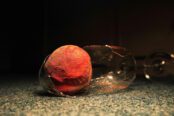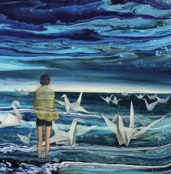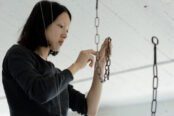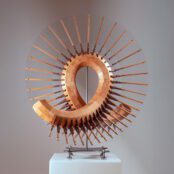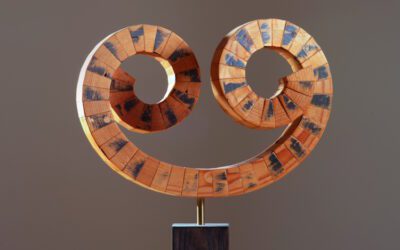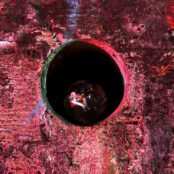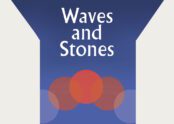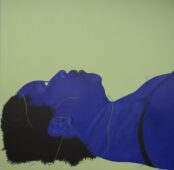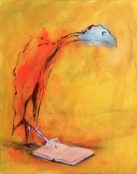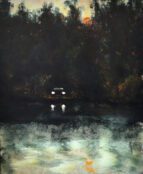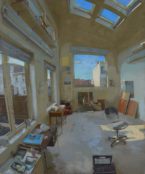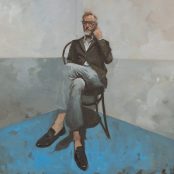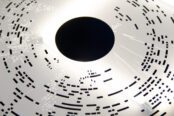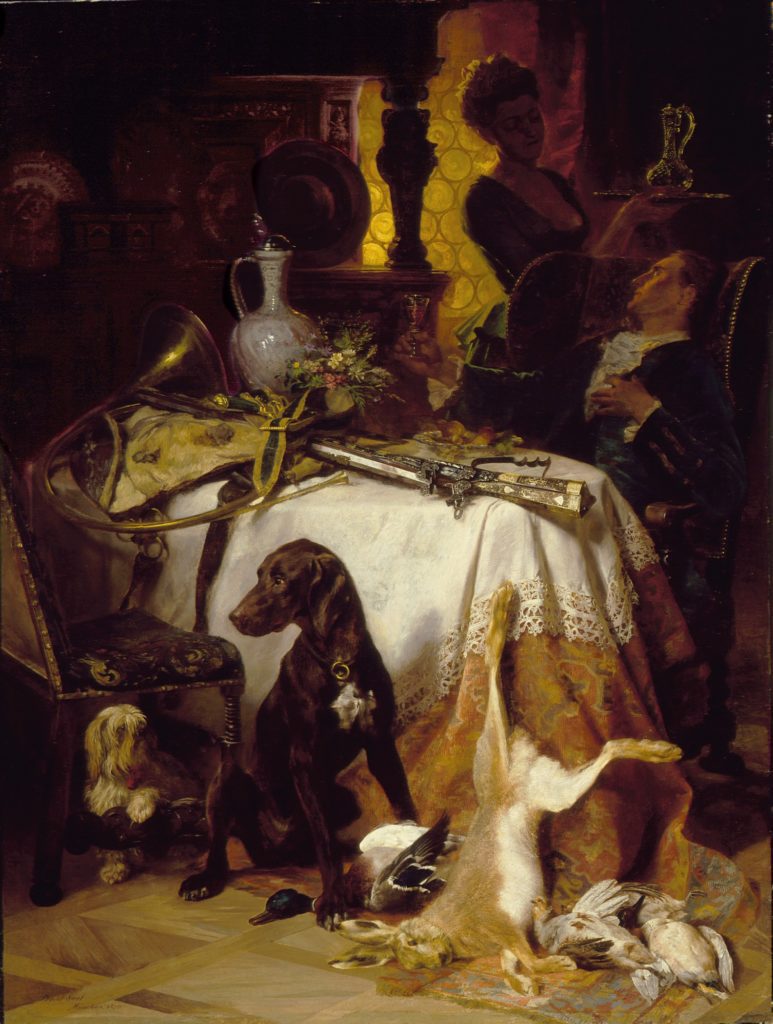Where next? It is a perennial question based on a sense of dread around London’s prominence as an art capital, both nationally and around the world. It’s important to note that London constantly reinvents itself against a variety of economic and institutional challenges — where there are people there is creativity. And yet we have seen a recognition that London is not the only art centre in the UK. Cornwall, Brighton, Lewes, Folkestone, Norfolk, Margate, Edinburgh, Glasgow, Manchester… the list goes on. Clearly art is happening everywhere and many galleries are reaching beyond the M25 and finding places where audiences and collectors have found new artistic voices to champion.
Stroud, a small town in Gloucestershire, has a reputation for being alternative in outlook, and also a hub for artists big and small. Big names like Damien Hirst and Jack Chapman are nearby and there are a few serious contemporary art galleries emerging. One such space is Aleph Contemporary run by Galya and Nicholas Wells, a haven for artists whose work extends far past their local remit. But can contemporary art work outside of big city bustle? Trebuchet interviewed Nicholas Wells to find out:
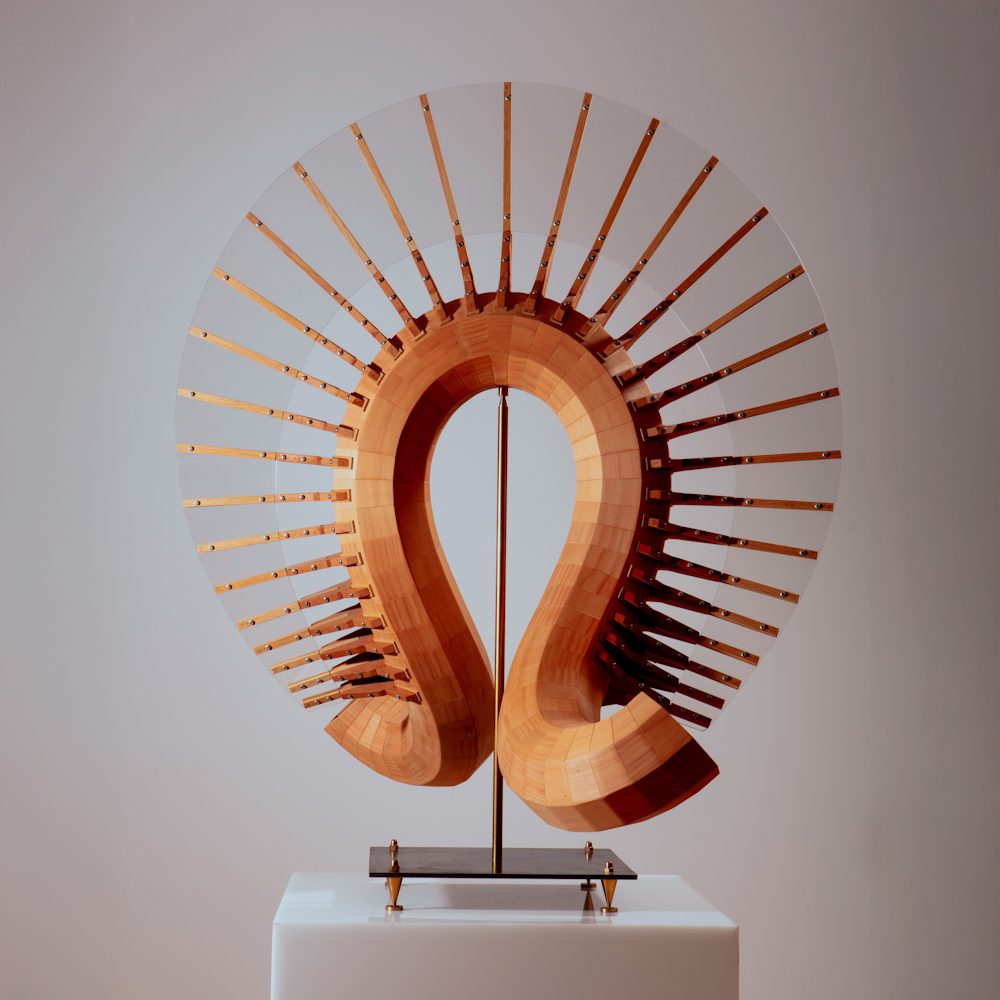
Nicholas Wells: Aleph Contemporary actually started its life in the heart of London back in 2019. We showcased in the Piccadilly Arcade and at the In & Out Club in St James’s Square, and we were regulars at the London Art Fair. We had some wonderful guidance from people like Alistair Hicks and Sacha Craddock in those early days, as well as great energy from my co-founder Vivienne Roberts.
All of that experience really laid the groundwork for what Aleph would become. As a family, we later moved out of London, drawn by the wonderful schools, the characterful towns and villages, and the beauty of the surrounding countryside — a decision made for our quality of life rather than business. The opportunity to open a physical space in the heart of Stroud came later, almost serendipitously — opposite the Stroud Hotel and beside the train station, with easy access to London — and it felt like the perfect way to continue Aleph’s story in a new setting rich with creative energy and big windows!
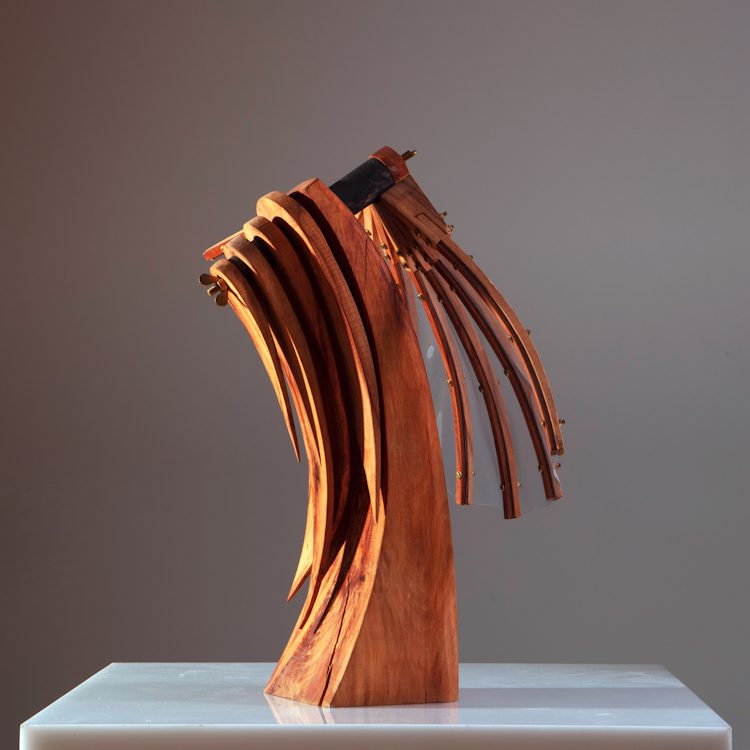
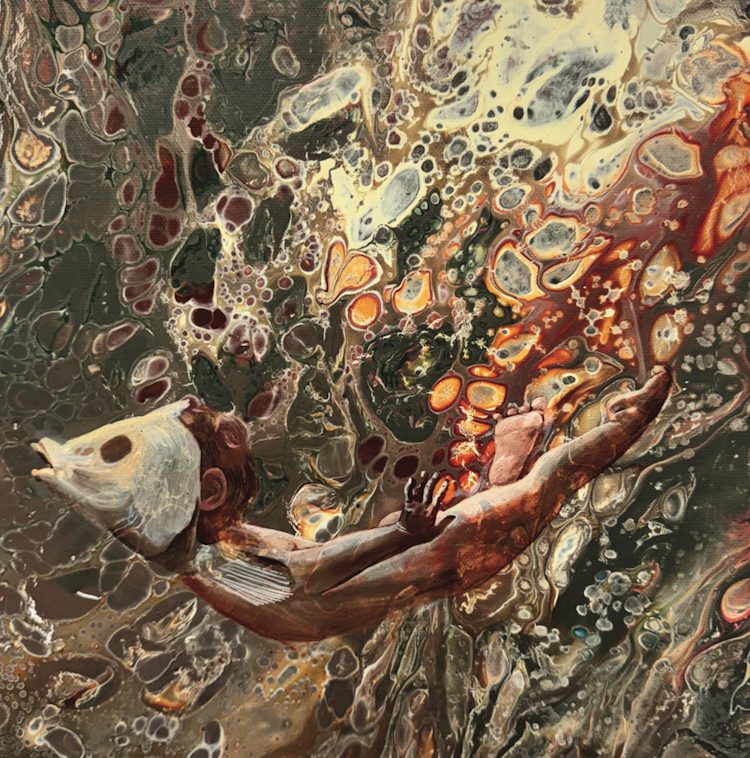
How did you choose the name Aleph?
The name Aleph is first and foremost a homage to Jorge Luis Borges’s story The Aleph, which describes a point in space where everything can be seen simultaneously without distortion or interruption. That concept of clarity and honesty is really at the heart of what we wanted the gallery to be. In our logo, the central circle represents that all-seeing point, and the triangle around it symbolises the perspectives that can be viewed simultaneously without any deception or corruption. We really felt the art world needed a venue that was about genuine transparency and depth, as a bridge between artists and collectors, and that’s what Aleph stands for.

What are the pressures that face a new gallery, and are those eased or increased by not being in a city like London?
Starting a new exhibition space always brings pressures — from establishing visibility and credibility to building a loyal audience. In London, those pressures tend to centre on high competition and cost, whereas outside the city the challenge is more about sustaining momentum and connection. For us, Stroud has proved the ideal setting: it may be off the main tourist track, but it’s full of creative energy, with regular exhibitions, book fairs, theatre, and music. Rather than adding pressure, being here has given us a dynamic and engaged audience that makes running the business genuinely enjoyable.
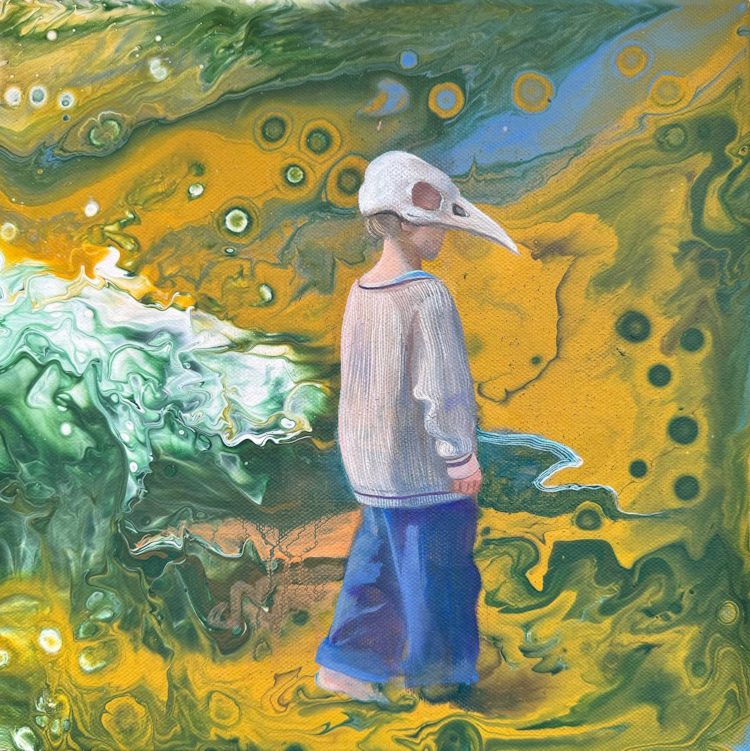
You’re located near the train station. So I guess most people will have walked past the gallery at some point — what has the local reaction been?
The reaction has been wonderfully warm and encouraging. Our location beside the station makes us easy to find and has attracted both local visitors and people coming in from London, Bristol and further afield. The Stroud community has such curiosity and enthusiasm for the arts — people drop in on their way to the market or after a train journey, and many tell us how glad they are to have a contemporary art venue right in the heart of town.

There must be challenges. How have you managed to survive what many describe as a difficult year (2025) for the UK art market?
It’s definitely been a testing year, and the wider economic climate has made collectors understandably more cautious. Instead of focusing on limited editions or smaller introductory pieces, we’ve really leaned into offering a thoughtfully curated selection of works at attractive price points. Most importantly, we’ve focused on building strong, long-term relationships with collectors. That combination of a robust online presence and genuine local engagement has really helped us navigate this challenging year.
What’s the best experience you’ve had with your gallery so far?
Some of the best experiences have come from the evolving nature of our exhibitions — they’re rich, varied, and dynamic. I love to mix things up, to juxtapose the space with overscale works or unexpected combinations that completely transform the atmosphere. It draws a crowd, and people are genuinely excited to see what’s showing next. There’s a real buzz at the moment — an energy that feels electric. The greatest experience may still be ahead, but right now, watching that excitement build is incredibly rewarding.
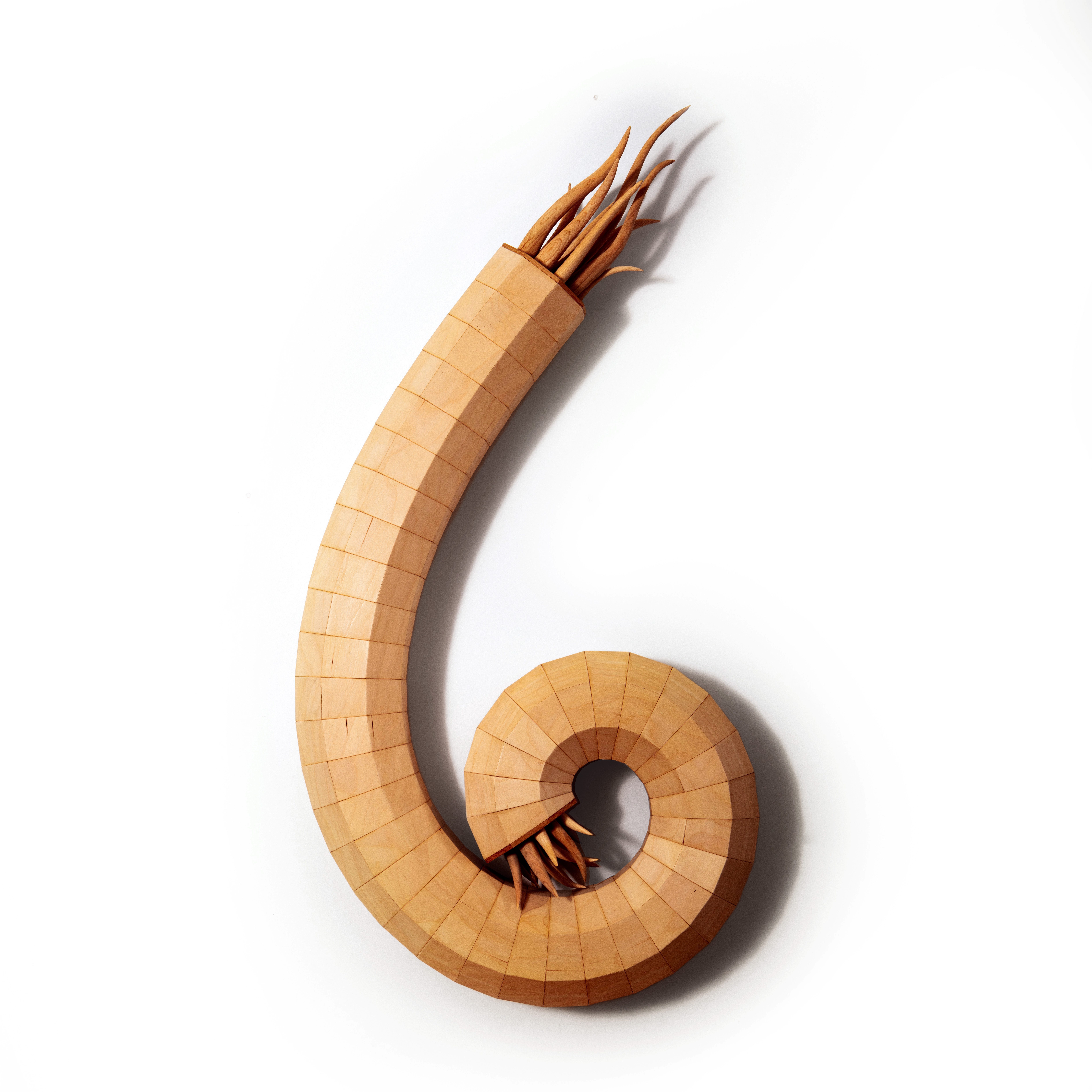
How did you find the local artist (featured on Trebuchet 18’s cover) Simon Tayler?
I discovered Simon’s work through a mutual friend and was immediately struck by the sculptural nature of his pieces. His works are highly organic yet mathematically precise — engineered from cut wooden tubes that form dynamic, otherworldly structures. These large, acoustic flower-like forms seem to pulse with life, evoking ideas of communication and connection. They’re unlike anything else — utterly distinctive and visually magnetic. That uniqueness is what first drew me in, and they remain absolute showstoppers. Beyond the work itself, Simon and his wife Jo are genuinely engaging and wonderfully accommodating; they made it easy to build a strong, collaborative relationship that has been a real pleasure from the start.
What is your vision for the gallery?
My vision for Aleph is to keep it dynamic and forward-thinking — a place where art feels alive, ambitious, and unpredictable. I love the idea of constantly evolving our roster of artists, bringing in new ideas and challenging combinations that keep collectors and visitors intrigued. While I’m passionate about showcasing local talent, the aim isn’t just regional representation — it’s about positioning the venue and Stroud as a serious destination for contemporary art. Over time, I want Aleph to be recognised as a space of substance and edge, where the quality of work and the curatorial boldness rival anything you might find in a city.
What exciting new artists or events do you have coming up?
Coming up this December, we have a really exciting exhibition with Vanessa Wilson called The Departure Lounge. It’s a perfect name given our location right by the train station. The show is all about transience, movement, the passage of time, and those electric moments of departure and arrival when everything changes. Then next year, we’re looking forward to a new exhibition with Marek Tobolewski, whose abstract geometric works we showed last year. And later in the year, we’ll have a fabulous artist, Victoria Orr Ewing, showing called Where Sky Meets Land, featuring her large-scale landscapes of the Scottish Highlands and other beautiful English locations.
Vanessa Wilson, THE DEPARTURE LOUNGE, 5 December 2025 – 10 January 2026
Aleph Contemporary, New Imperial House, Station Road, Stroud, GL5 3AR
Image courtesy of Aleph Contemporary and the artists. © Copyright of the individual artists.
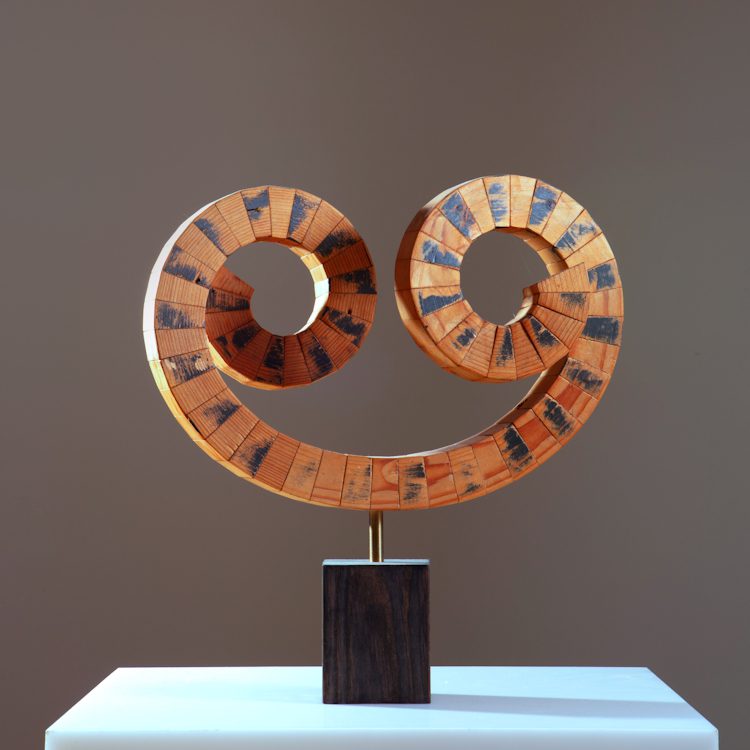
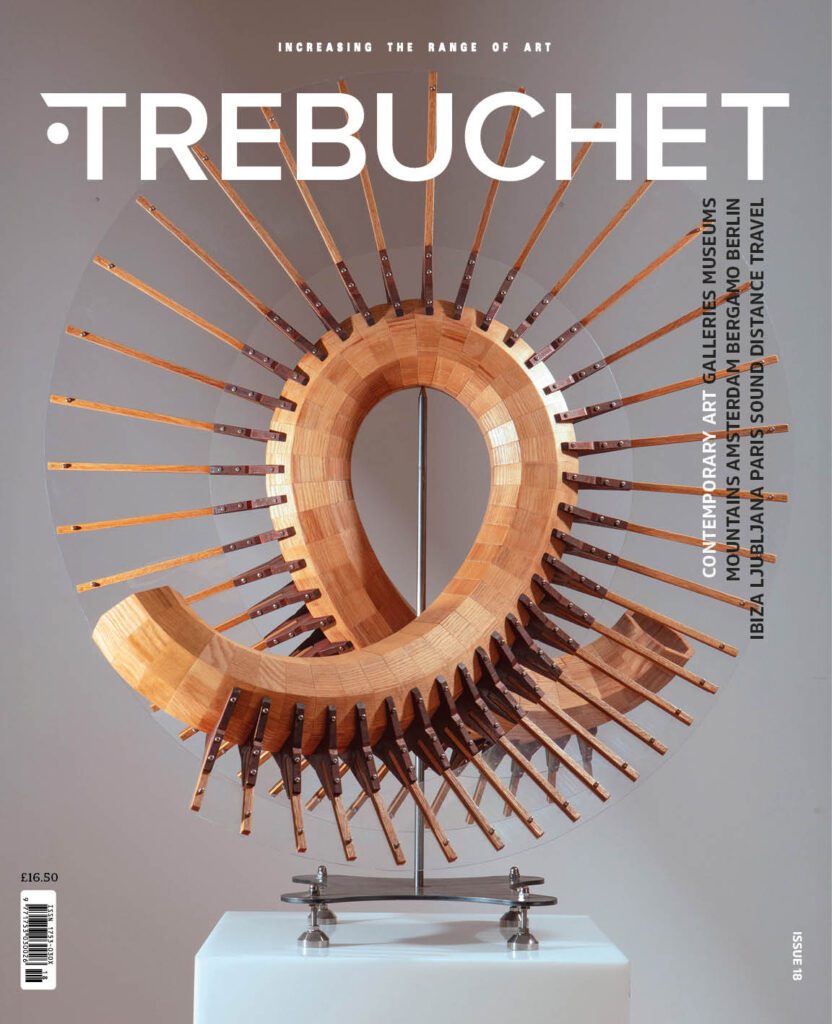
Read more in Trebuchet 18: Foreign Objects
Featuring: Our Foreign Culture: Exploring Sufism and Post-Colonial Art, Outsider Stars: Sverre Malling. Dalí’s Lobster Phone And The Language Of Desire, Curves Of Thought: Simon Tayler, Bones, Helmets And Uncomfortable Truths: Victor Spinelli, The Inevitable Otherness Of Being Human, Foreign Objects In Local Places: Orobie Biennial, Europe’s Art Weeks Come Together: Spider Network, The Insecurity Collection: National Galleries, The Oracle Speaks In Silence: Ljubljana Biennale
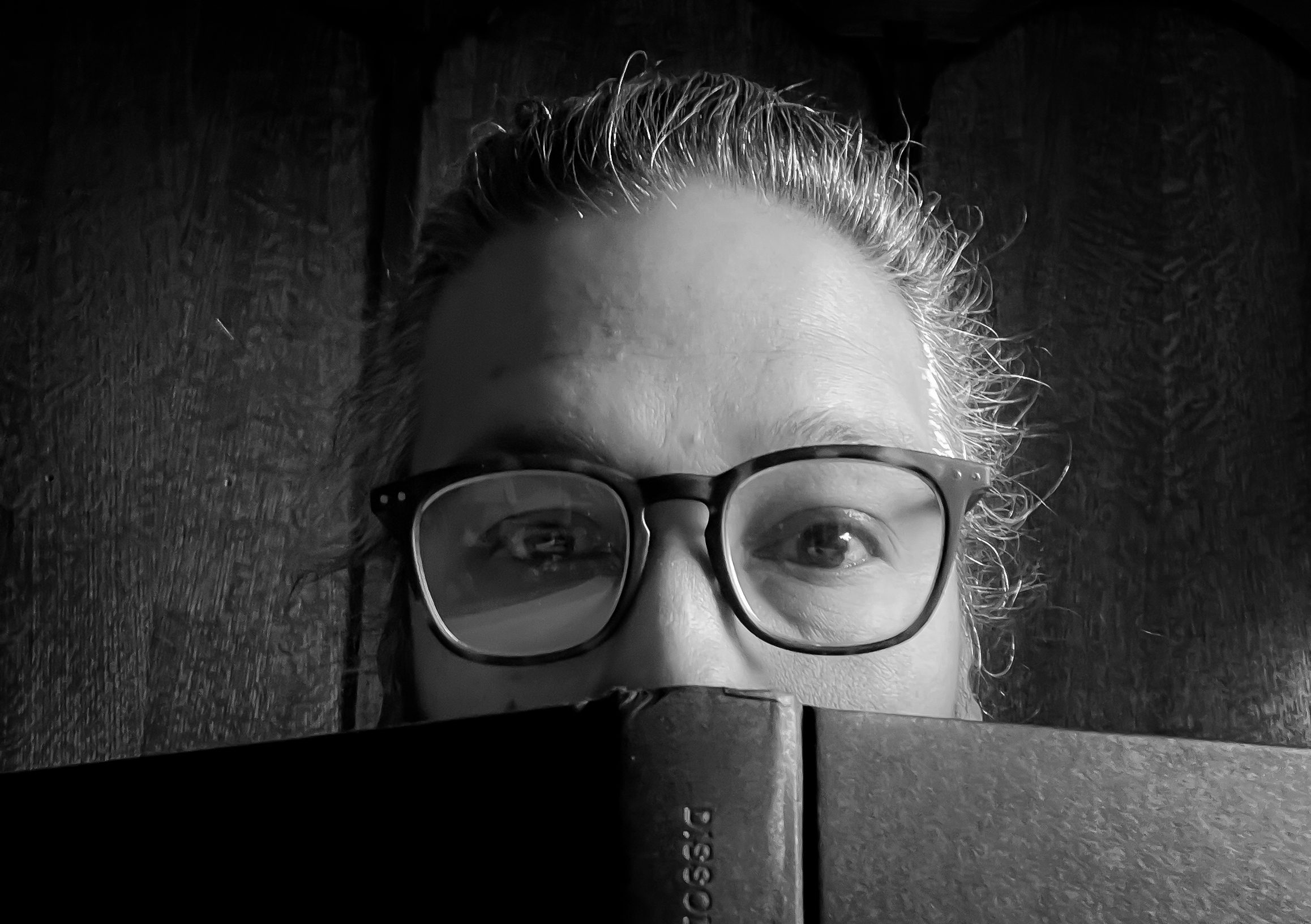
Ex-London based reader of art and culture. LSE Masters Graduate. Arts and Culture writer since 1995 for Future Publishing, Conde Nast, Wig Magazine and Oyster. Specialist subjects include; media, philosophy, cultural aesthetics, contemporary art and French wine. When not searching for road-worn copies of eighteenth-century travelogues he can be found loitering in the inspirational uplands of art galleries throughout Europe.


